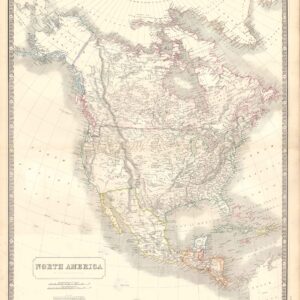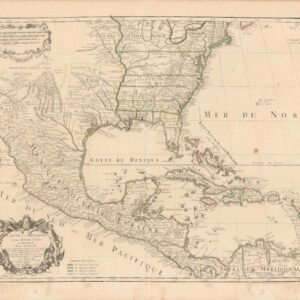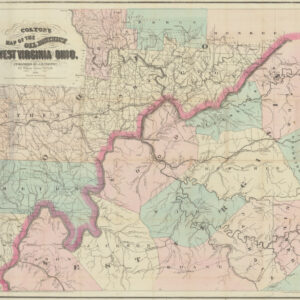A sharp anti-Vietnam War protest broadside that captured the zeitgeist of the time, matched the moment, and pulled no punches.
They’ve got an invisible program to end an undeclared war backed by a silent majority.
$850
In stock
Description
The year is 1970 and the Vietnam War has just seen its two deadliest years. After nearly 17,000 American soldiers lost their lives in 1968, another 11,000 were killed in 1969. Besides the relentless death toll, and horrible images broadcast nightly to the American public, print journalists brought to light a series of devastating scandals. In March of 1969, President Richard Nixon ordered B-52 bombers to attack North Vietnamese bases in Cambodia, concealing the operation from both Congress and the American people (and even from members of his own administration). The New York Times found out about the illegal bombings and exposed them to the public. In response, Nixon ordered illegal wiretaps on the phones of seventeen reporters, in an effort to determine the identity of the leaker.
All of this national misery was followed by the appalling story, published in the NYT in November of 1969 by Seymour Hersh, of the My Lai Massacre. The whole world read about how American soldiers had murdered hundreds of unarmed Vietnamese civilians, including children, on March 16th, 1968. The story and photos of the atrocities shocked the American public and strengthened the anti-war peace movement.
These turbulent times form the backstory for this anti-war protest broadside, published in 1970. The poster was designed by a young college graduate named Abie Sussman and written by Howard Fink. Illustrator Bob Grossman, already well-known for his magazine work, agreed to execute the vision. The piece was created for The Fund for New Priorities in America, and solicits contributions and advertises a peace rally at Madison Square Garden. A group of activists founded The Fund in 1969.
We have seen how the year preceding the publication of this broadside — the illegal bombings and wiretaps, the unthinkable war crimes — had created a deep feeling of mistrust of the Nixon Administration and its Vietnam policy. The cleverly-written title of our poster uses terminology that harkens to these suspicions, including “invisible program,” undeclared war,” and “silent majority.” The latter phrase refers to a speech President Nixon gave on November 3rd, 1969, in which he described the people who would support his strategy as “the great silent majority of my fellow Americans,” in contrast to a “vocal minority” of protesters which, if their will prevailed “over reason and the will of the majority,” would mean that the United States would have “no future as a free society.”
Of course, Nixon’s critics had reason to be skeptical: the war would last another half decade. This broadside encapsulates the anger and delusion that an increasing number of Americans felt toward the Nixon Administration and the Vietnam War.
Cartographer(s):
Robert Grossman (March 1, 1940 – March 15, 2018) was an American painter, sculptor, filmmaker, comics artist, illustrator, and author.
In a career spanning fifty years, Grossman’s illustrations appeared over 500 times on the covers of various national publications.
Condition Description
Excellent.
References
Library of Congress, 2017646801.


![[Vietnamese Maps of North America: Mexico, Canada, USA]](https://neatlinemaps.com/wp-content/uploads/2022/04/NL-01262-USA_thumbnail-scaled-300x300.jpg)
